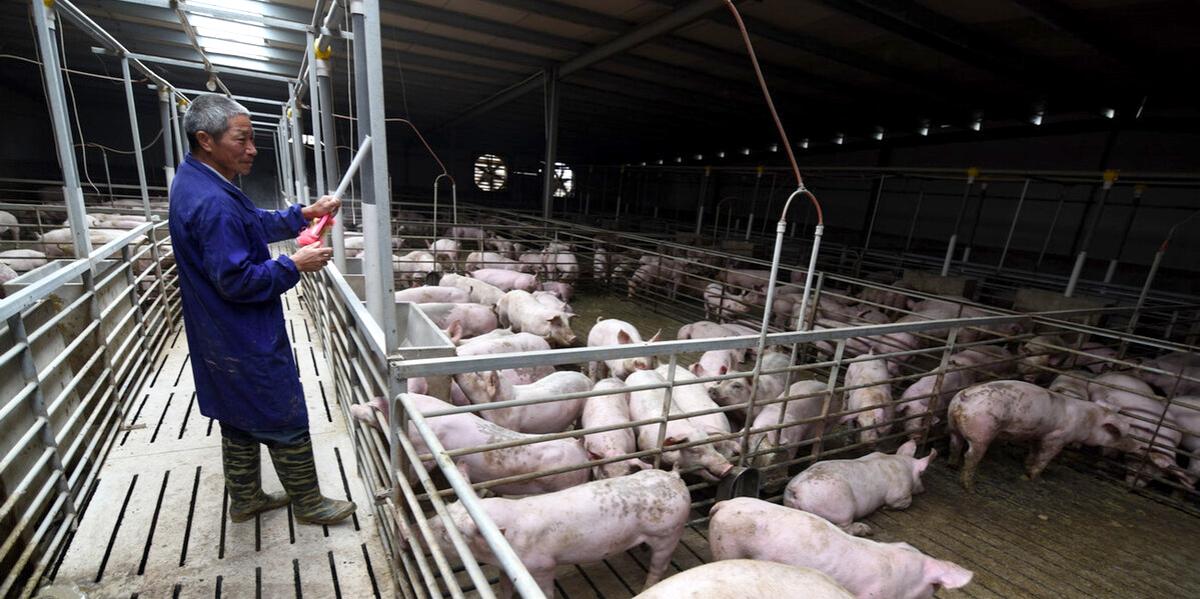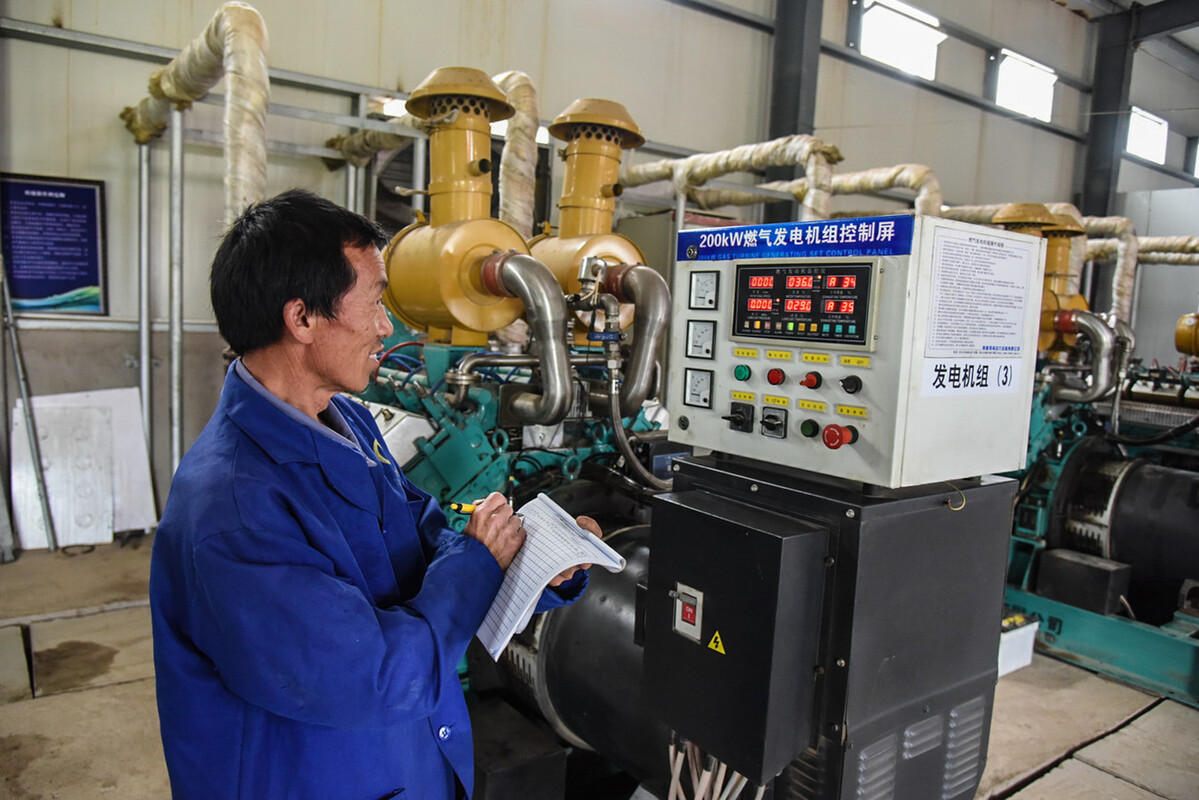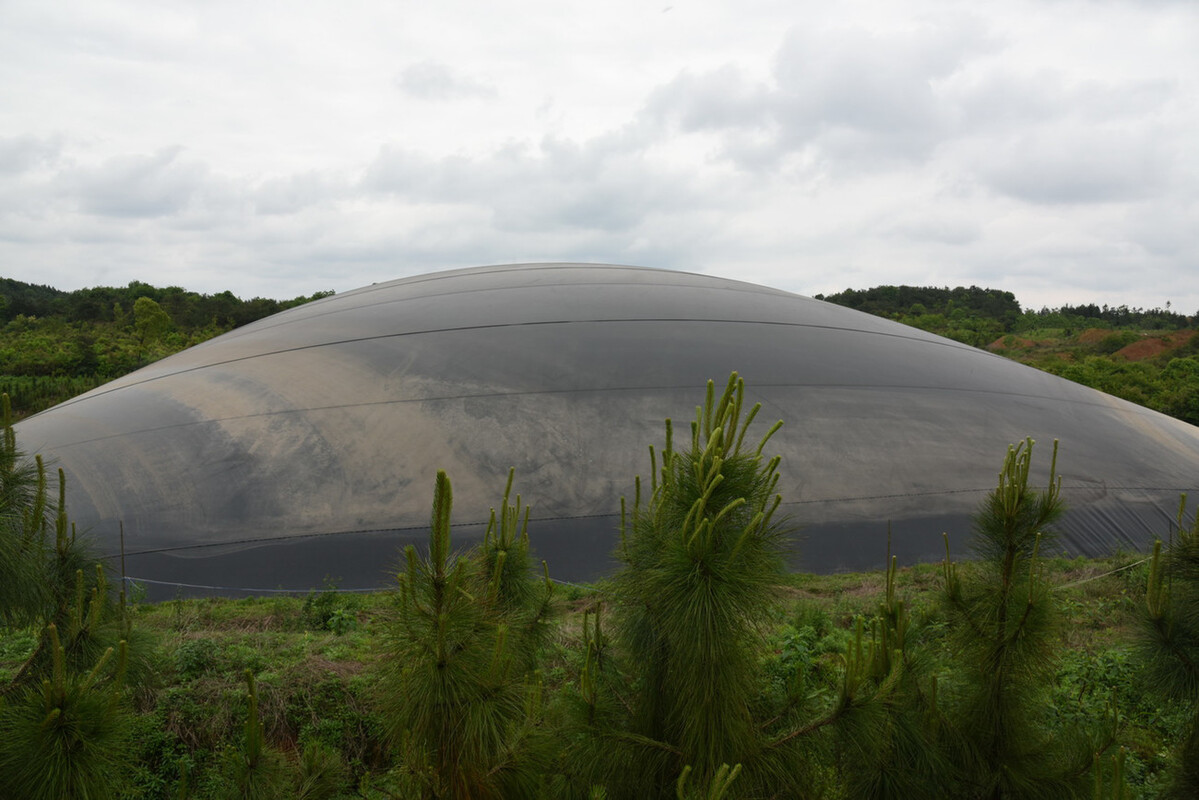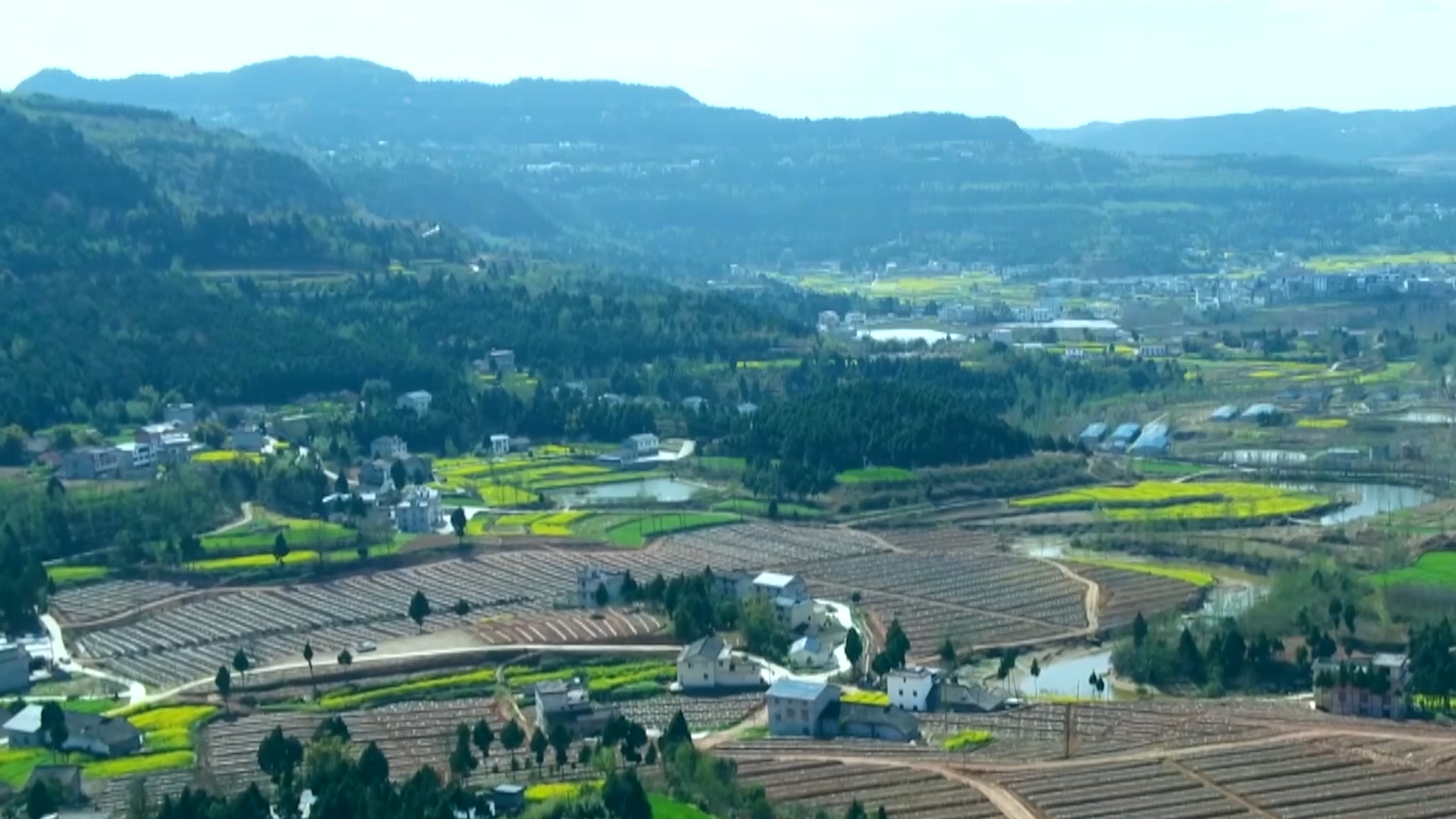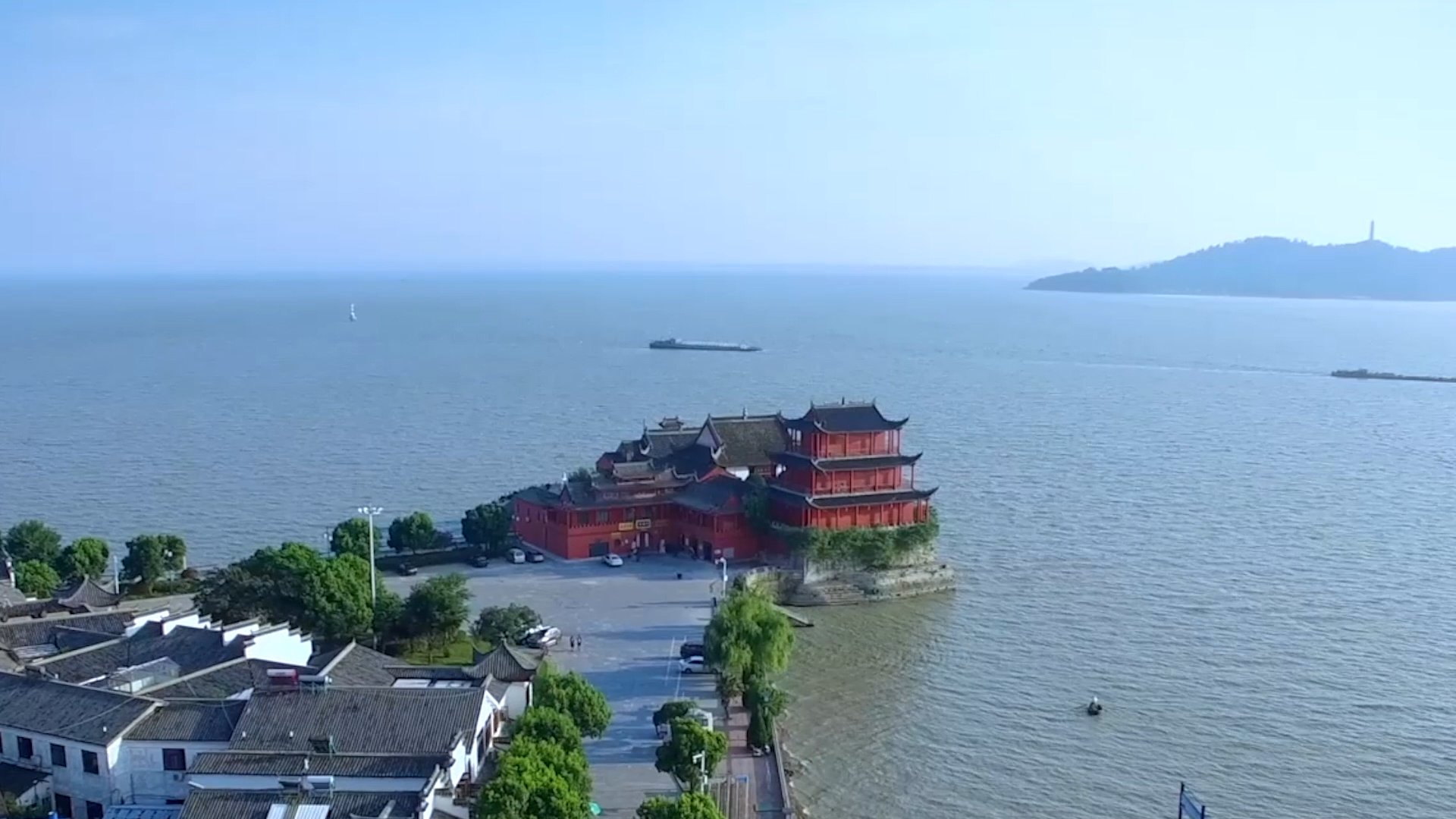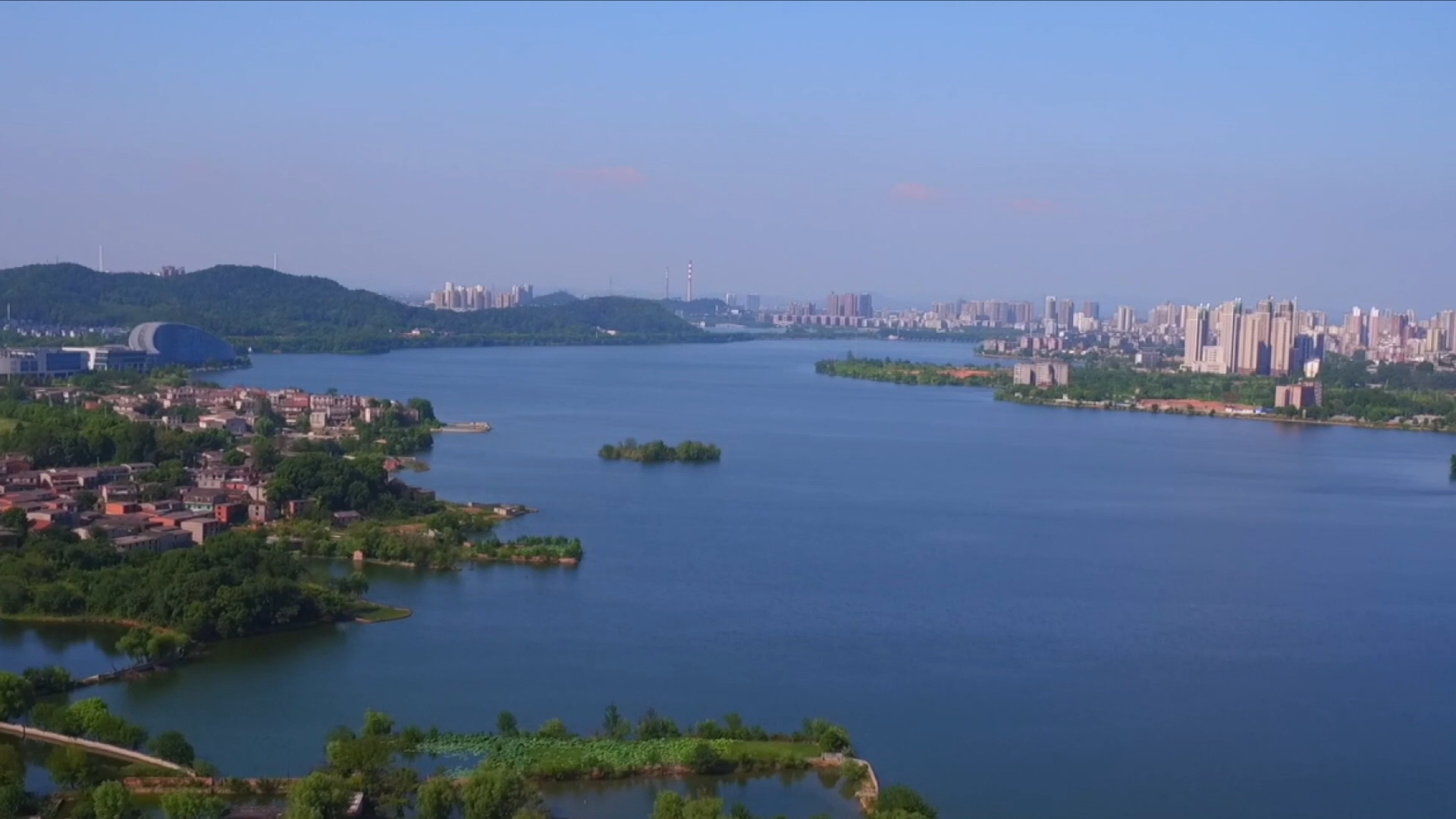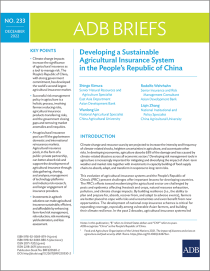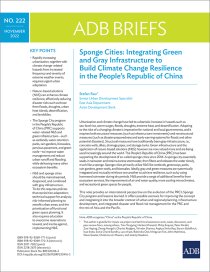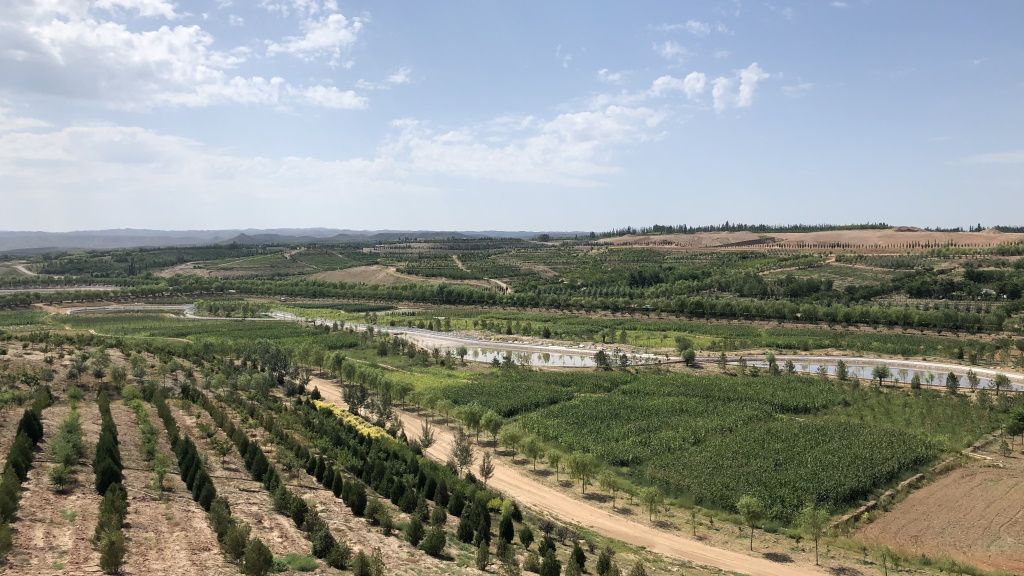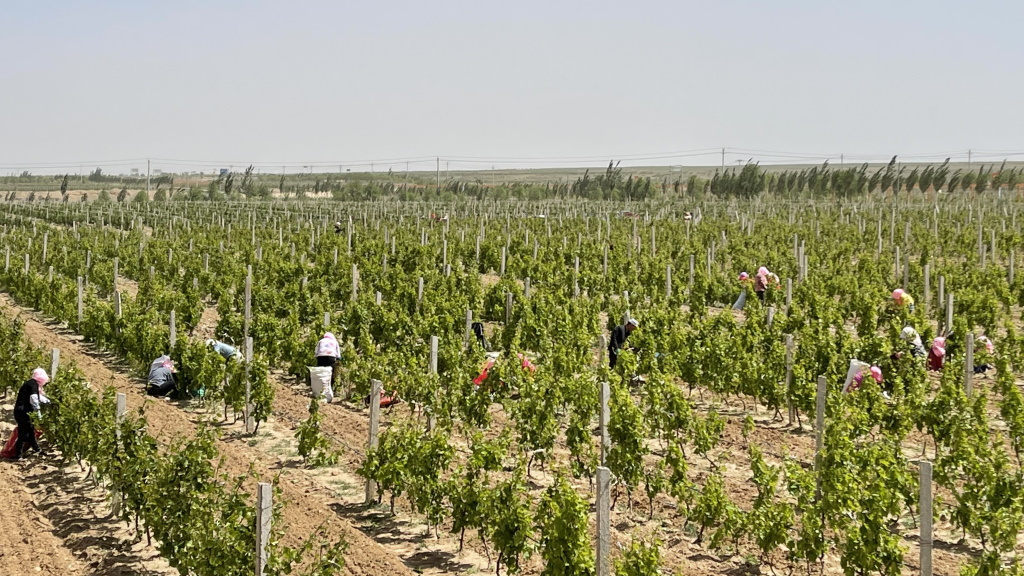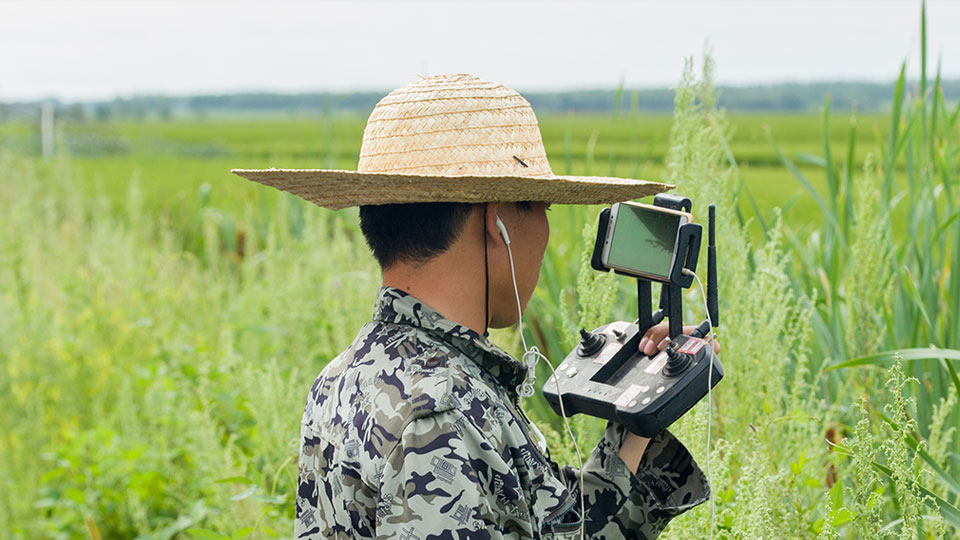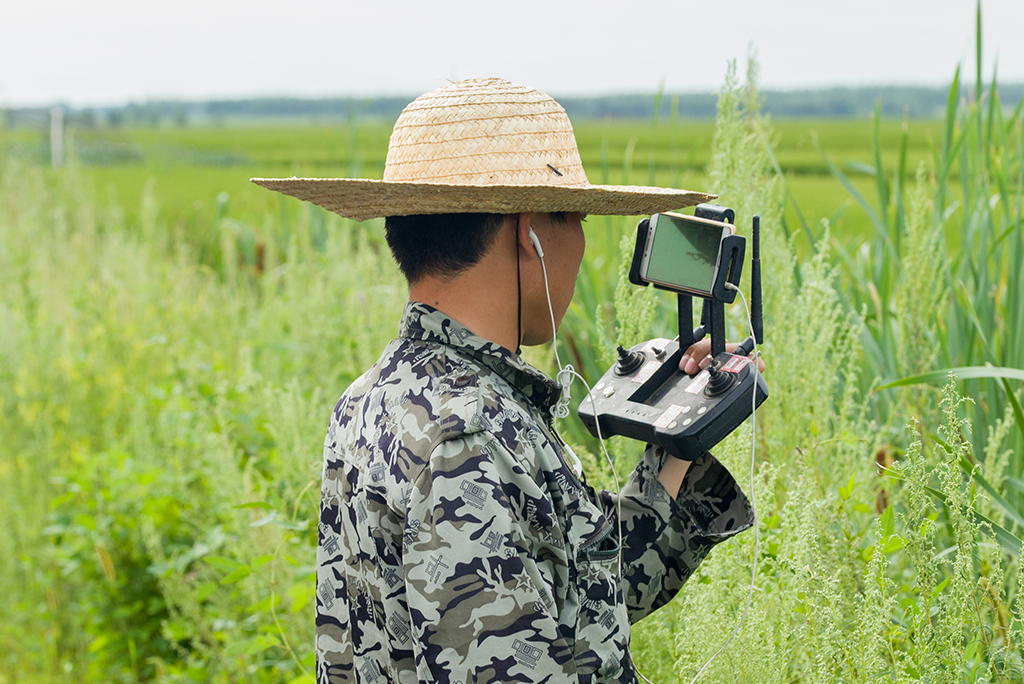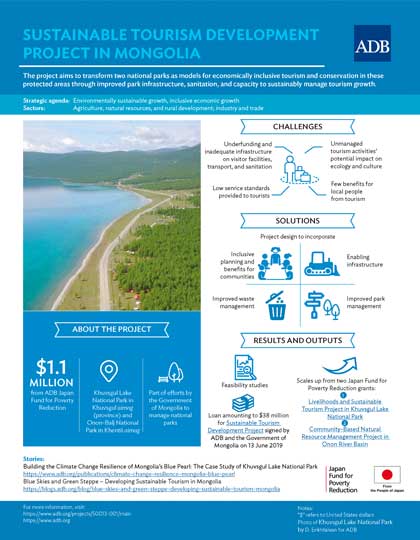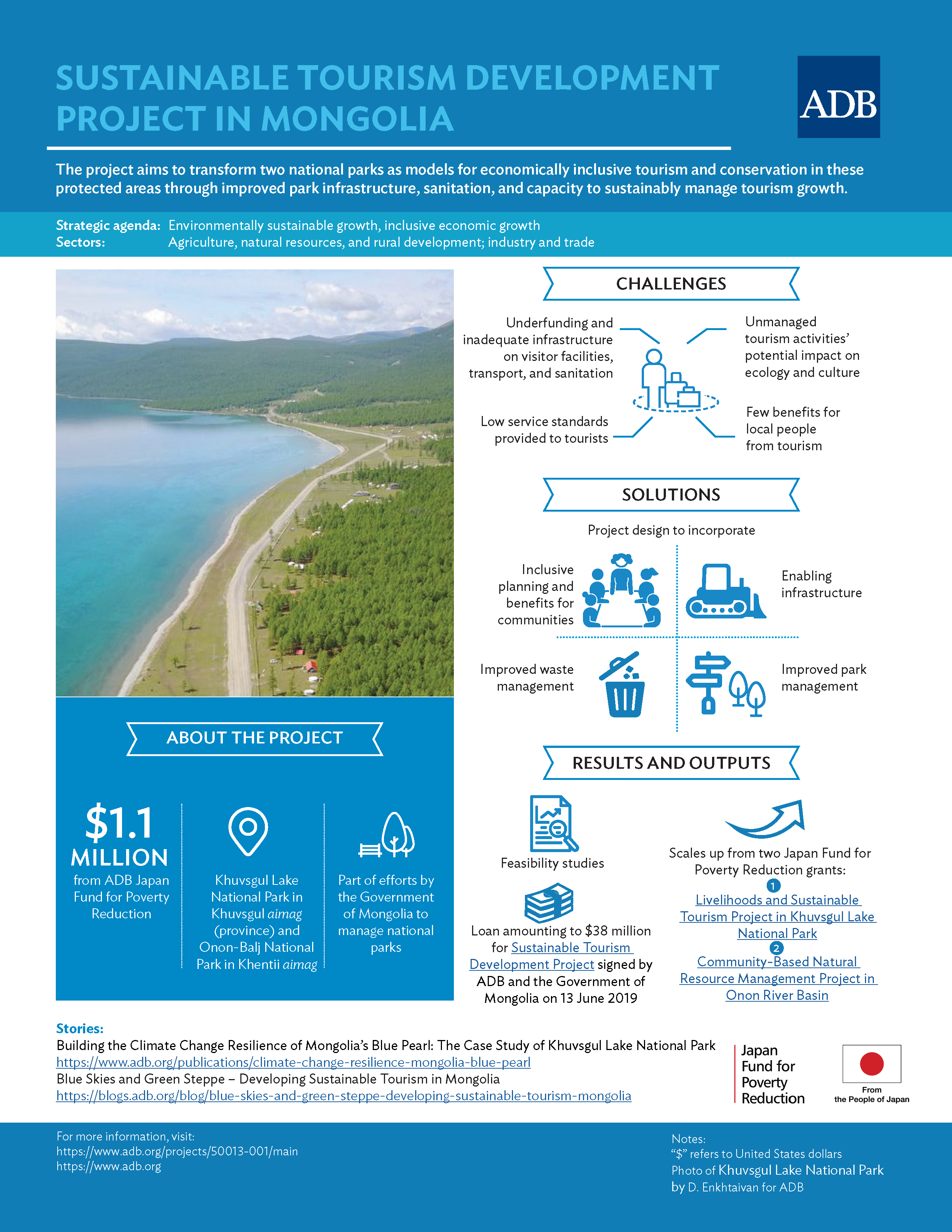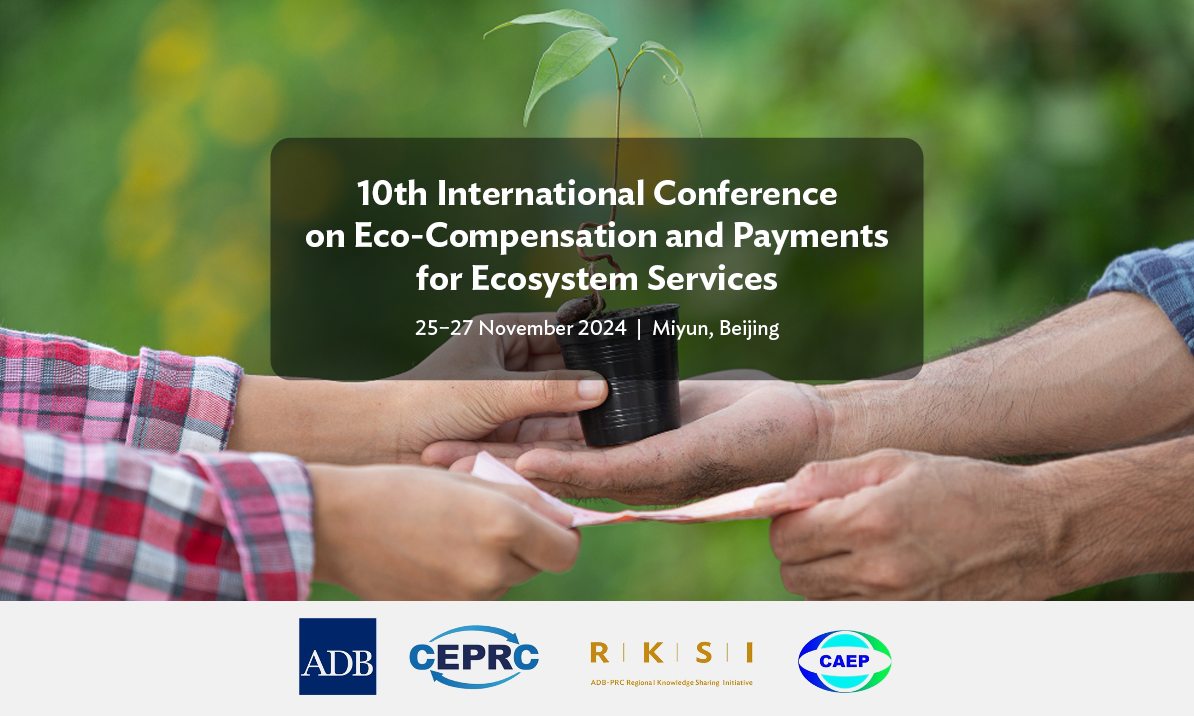
Eco-compensation is a policy mechanism which aims to mitigate the negative environmental impacts of human activities by implementing measures to offset or compensate for ecological damage caused by those activities. Examples of eco- compensation include fiscal transfer, regional cooperation, and market incentives.
Over the past two decades, eco-compensation has seen significant development and innovative application in the People’s Republic of China (PRC). Pilot projects established at the regional scale have demonstrated encouraging results across the country. The State Council proclaimed the Eco-compensation Regulation in April 2024, which provided the foundation for eco-compensation to be formally adopted and integrated into broader incentive mechanisms to achieve sustainability, supported by appropriate regulatory and legal basis.
The Asian Development Bank (ADB) has supported the development of eco-compensation in the PRC with technical assistance and capacity building support since 2009. This has predominantly been through facilitating policy dialogue and technical cooperation with the National Development and Reform Commission (NDRC) on a range of projects and policy reform initiatives, including eco-compensation policy, legislation, market-based instruments, performance evaluation, and links with wider poverty reduction initiatives.
This year’s conference is a regional flagship event led by the ADB’s Agriculture, Food, Nature and Rural Development Sector Group (AFNR) to promote collaboration among public, private, and civil sectors for sustainable conservation finance, discuss innovative financing methods and challenges, strengthen networks among eco-compensation and PES stakeholders, and facilitate knowledge sharing among countries including the PRC. This year’s conference will also include a focus on methane emissions reduction in agriculture for enhanced food security and climate action.
This year’s 10th International Conference on Eco-compensation and PES will review the progress of eco-compensation in the PRC and PES globally and has a thematic focus on market-based and user-paid mechanisms and legal framework for eco-compensation and PES.
Join the webinar here.
Passcode: WEB221124
Agenda
Excursion:
• Miyun Reservoir Exhibition Museum
• Jixing Agricultural Park built on the wildlands
• Earth System Simulation Facility
• Chinese Bee Protected Area in Fengjiayu
| Time | Program |
|---|---|
| 09:00 – 11:00 | Opening Plenary and Keynote Speech Chair: Yu Haibo, Governor of Miyun District Government, Beijing Municipality |
| 09:00 – 09:40 | Opening Remarks
|
| Keynote Presentations | |
| 09:40 – 10:00 | Advances in Policy and Legislation of Eco-compensation in the PRC Tong Zhangshun, Director General, Regional Revitalization Department, National Development and Reform Commission (NDRC) |
| 10:00 – 10:20 | China’s Approach and Innovation in Eco-compensation Wang Jinnan, Honorable Dean, Chinese Academy of Environmental Protection, and Academician of Chinese Academy of Engineering |
| 10:20 – 10:40 | Scaling up natural capital investment in the Asia-Pacific Region Qingfeng Zhang, Senior Director, Agriculture, Food, Nature and Rural Development Sector Office, Asian Development Bank |
| 10:40 – 11:00 | Coffee/Tea Break |
| 11:00 – 12:00 | Thematic Session 1: Advancement in Eco-compensation and payments for Ecosystem Services Chair: Sanath Ranawana, Director, Natural Capital and Climate, Agriculture, Food, Nature and Rural Development Sector Office, ADB |
| 11:00 – 11:20 | Natural Capital Accounting for Ecosystem Conservation Chunquan Zhu, Head, China Nature Initiatives, World Economic Forum |
| 11:30 – 11:45 | Water funds for Watershed Protection | Daniel Shemie, Director, Resilient Freshwater (Water-fund), TNC |
| 11:45 – 12:00 | Panel Discussion and Questions and Answers Innovation, Legislation, and Replicability of China’s Eco-Compensation Moderated by Sanath Ranawana, Director, Natural Capital and Climate, Agriculture, Food, Nature and Rural Development Sector Office, ADB
|
| 12:00 – 13:30 | Lunch Break |
| 13:30 – 15:25 | Thematic Session 2: Market-based Eco-compensation Chair: Au Shion Yee, Principal Water Resources Specialist, Agriculture, Food, Nature and Rural Development Sector Group, ADB |
| 13:30 – 13:50 | Green transformation with green finance Ge Xiangqun, Deputy General Manager, Operation Department, China Development Bank |
| 13:50 – 14:10 | Market based nature finance Zhang Anping, Deputy General Manager, National Green Development Fund |
| 14:10 – 14:25 | AIIB innovation in investment in nature | Xie Chunping, Climate Economist, Economics Department, Asian Infrastructure Investment Bank |
| 14:25 – 14:40 | Market Instruments to Invest Ecosystem Protection and Restoration Callum Douglas, Senior Strategy Consultant, Nature and Biodiversity Strategy, Policy and Budget Department |
| 14:40 – 14:55 | Biodiversity credit mechanism assisting high-quality development of nature markets Chen Yuanzhe, Secretary General, Chinese Institute of Green Carbon |
| 14:55 – 15:25 | Panel Discussion and Questions and Answers Market-based Eco-Compensation and PES: Viability and Necessity Moderated by Mingyuan Fan, Principal Water Resources Specialist, Agriculture, Food, Nature and Rural Development Sector Group, ADB,
|
| 15:25 – 15:40 | Coffee/Tea Break |
| 15:40 – 18:00 | Thematic Session 3: Eco-Compensation with Charity Refund Chair: Song Yuanyuan, Director, Regional Revitalization Department of NDRC |
| 15:40 – 15:55 | Public involvement in eco-compensation Chen Peng, Secretary General, China Green Foundation |
| 15:55 – 16:10 | Environmental charity foundation development and eco-compensation in China Liu Chunlong, Secretary General, China Environmental Protection Foundation |
| 16:10 – 16:25 | Environmental foundation financing: international perspectives and implications for China and other DMCs Ren Wenwei, Director of Water Practice & Head of Shanghai Office, WWF (Switzerland) China |
| 16:25 – 16:35 | Question & Answers |
| 16:35 – 16:55 | Financing Innovations in nature conservation Zhu Da, Country Director, China Program, The Nature Conservancy |
| 16:55 – 17:15 | The Practice on Civil Protected Areas by The Paradise International Foundation Wang Dezhi, Chief Scientist, The Paradise International Foundation |
| 17:15 – 18:00 | Panel Discussion and Questions and Answers Eco-compensation with Charity Fund and Public Participation Moderated by Song Yuanyuan, Director, Regional Revitalization Department of NDRC
|
| 18:00 – 20:00 | Dinner |
| Time | Program |
|---|---|
| 09:00 – 11:30 | Thematic Session 4: Environmental Protection Embedded in Development Chair: Sun Yinhong, Country Program Coordinator, IFAD China Office |
| 09:00 – 09:15 | Ecological protection and compensation in hydropower development Miao Yongbao, Deputy General Manager, Yangtze Three Gorges Investment Corporation |
| 09:15 – 09:30 | Protected areas financing with user-pay mechanisms Teuanchay Phongkhamphanh, Deputy Head of the Protected Area Management Division of the Department of Forestry, Laos |
| 09:30 – 09:45 | Payments for ecosystem services in India: Case Studies Bhagirath Behera, Professor (Economics), Indian Institute of Technology |
| 09:45 – 10:00 | Investment in nature: innovations in the GMS Liu Guohua, Director, Sustainable Energy and Environment Department, Mekong Institute |
| 10:00 – 10:15 | Market-based Yongding River Watershed Management for Ecological Protection and Economic Development Qiao Shijiao,Young Professional, China Water Resources Beifang Investigation Design & Research Company (BIDR), MWR |
| 10:15 – 10:30 | Tea break |
| 10:30 – 10:45 | Green financing in agriculture and rural development: local experiences Hu Faqiang, Deputy Director General, Huangshan Development and Reform Commission |
| 10:45 – 11:00 | Water fund innovation in Qingshan Village, Zhejiang Province Zhang Zhenwei, Vice Governor, Yuhang District, Hangzhou of Zhejiang Province |
| 11:00 – 11:15 | Comprehensive eco-compensation schemes in Jiangkou Yang Jian, Vice Governor, Jiangkou County, Guizhou Province |
| 11:15 – 11:30 | Eco-compensation innovation in Shangarila Ju Yandong, Mayor, Shangerila, Yunnan Province |
| 11:30 – 11:50 | Closing Session Chair: Li Xiaotao, DDG, Beijing Municipal Development and Reform Commission (BDRC) |
| 11:30 – 12:00 | Closing Remarks
|
| 12:00 – 13:30 | Lunch and closing of conference |
| Time | Program |
|---|---|
| 13:30 – 17:45 | Final Review Workshop for (i) TA 6605-PRC: Yellow River Eco-Compensation Mechanism and (ii) TA 6945-PRC: Eco-Compensation Mechanism for Protected Areas with a Focus on National Parks Project Venue: Venue: Meeting Room 1, Conference Hall Mission Leader: Au Shion Yee; Analysts: Francesca Noelle Cimacio (TA 6605) and Daisy Gavina (TA 6945) |
| 13:30 – 15:30 | TA 6605 presentation and discussion |
| 15:30 – 15:45 | Coffee/Tea break |
| 15:45 – 17:45 | TA 6945 presentation and discussion |
| Time | Program |
|---|---|
| 13:30 – 17:45 | Final Review Workshop for TA 6995-PRC: Research on Methane Emission Reduction in Agriculture Venue: Venue: Meeting Room 2, Conference Hall Mission Leader: Dustin Schinn; Analyst: Erika Joy Arcillas Participants: MARA, ADB, Consultants, and invited representatives |
| 13:30 – 15:30 | TA presentation and discussion |
| 15:30 – 15:45 | Coffee/Tea break |
| 15:45 – 17:45 | TA presentation and discussion / wrap-up |

